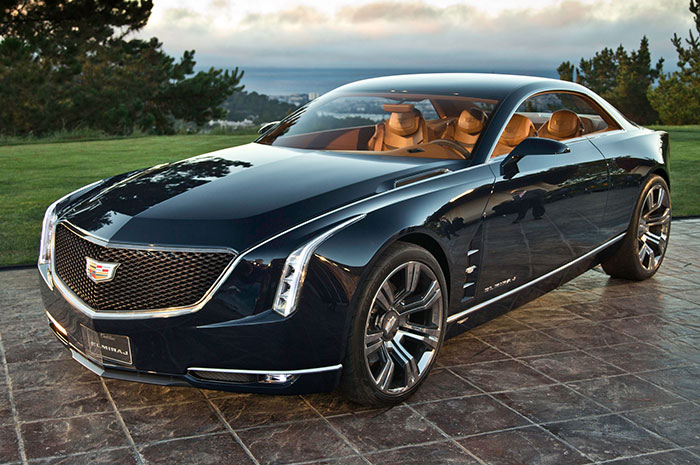From a studio gated by tall walls and trees in North Hollywood, Mr. Smart constructed the sketch of what would become Cadillac’s concept car, Elmiraj. In an article with the New York Times, Mr. Smart revealed the anxiety car concept designers face. “Is there really a car there? I wonder if they will see in it what I see in it.”
Possibly easing such anxieties by cutting production time and cost, 3D printing played a critical role in model manufacturing. After uploading the image to design software for 3D imaging, a skilled modeler helps the designer transfer visual ideas to the material of choice, clay. Such technology also facilitates easier global access to designs and models thereby increasing the chance that designs like Mr. Smart’s find a supportive audience.
3D scanning used during design and production of the Elmiraj facilitated liberties for creative sculptors and artisans who build the car with development. In less than a week, 3D scanned hand models could be transferred to full-size models. With such technology available to designers, a myriad of iterations could be explored while maintaining original files to come back to as needed. Time, a taxing part of production, becomes an asset with 3D printing. Suddenly, with 3D scans available and modifications clicks away, designers can play with concepts and see a model in such a short time that more space is given to creative input.
Phil Patton, the writer for the NY Times, waxes poetic on Smart’s design and captures the spirit and intent of the car. He claims, “There is something modernist in the use of undecorated expanses of material with minimal accents, whether it is grainy wood or dark steel.” While one of the least ornate Cadillac designs ever seen, Smart aspired to capture the brand’s sense of “presence and prestige”.
Earlier this year, the model arrived in Detroit and left in full metal construction for unveiling in July and subsequent car shows. It has received resounding reviews from Autoweek and notable car collectors. The process started with a sketch, part inspiration, part sweat, and saw its initial manifestation thanks to 3D printing capabilities. The two-door, four-seat coupe is seen as simultaneously iconoclastic and honoring the Cadillac tradition in the same way 3D printing reconciles old and new methods of design and manufacturing, meeting global demands.
Source: The New York Times



